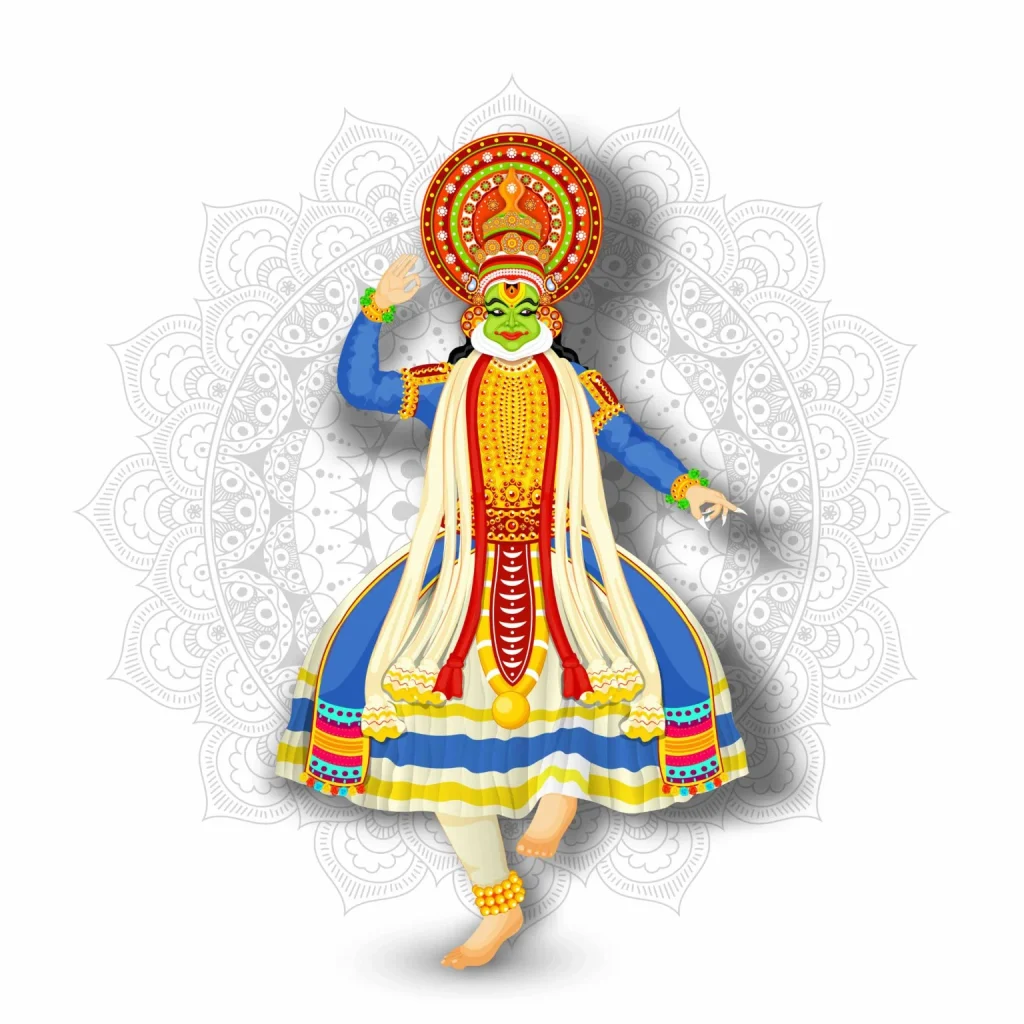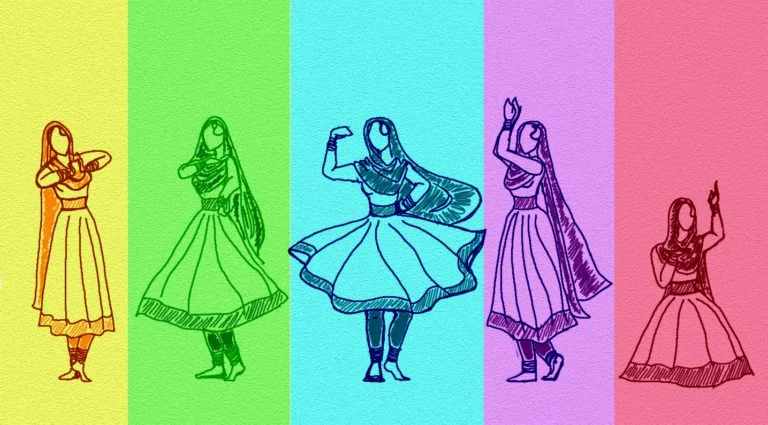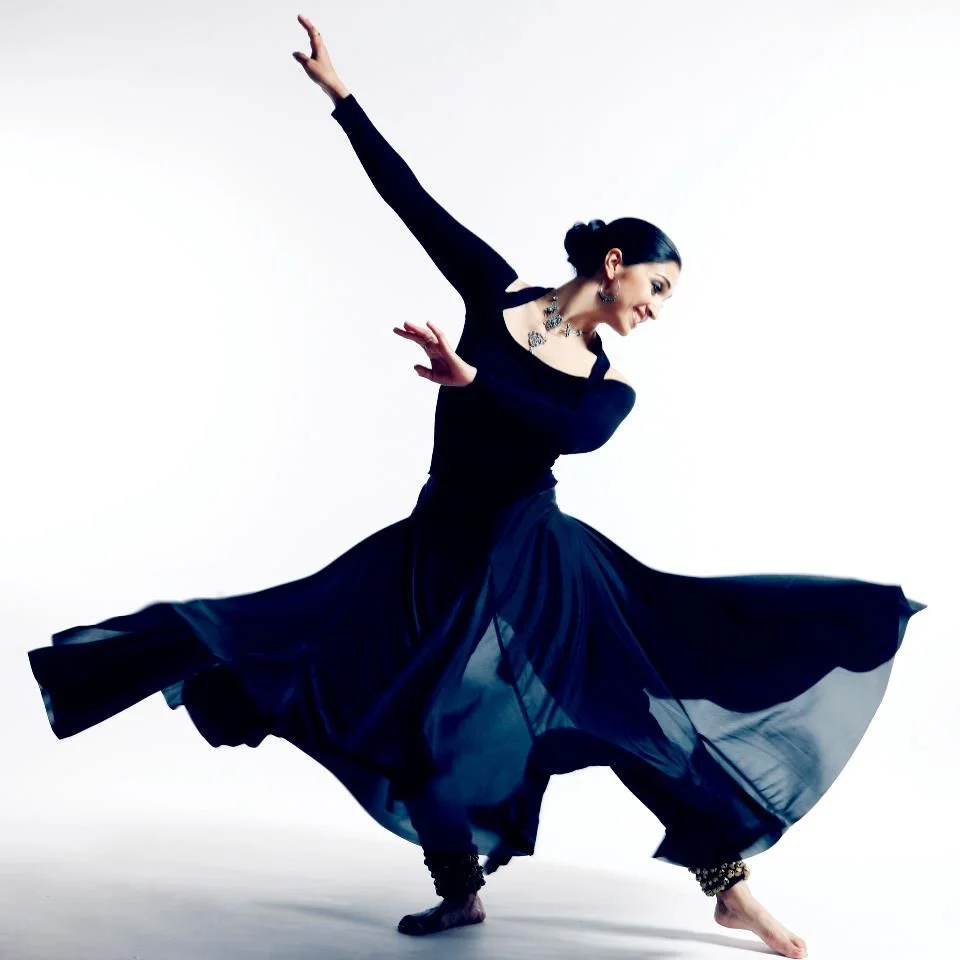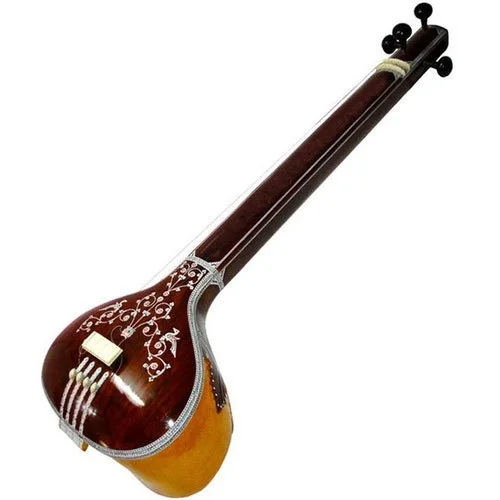About Kathak Dance
India is a country with a fame for its art, culture, and classical dancing, and it has a long history of legends. Name a classical form, and you’ll see how much talent it has created, and how proud we are of it. Kathak is a significant genre of ancient Indian classical dance. It is famous for its delicate footwork and exact rhythmic patterns, which the dancer expresses with the use of roughly 100 ankle bells. In fact it captures real-life gestures, stylizes them, and adds elaborate rhythmic patterns to them.
Meanwhile, the word Kathak comes from the word Katha which means a story and is primarily a native to Northern India. It is likely to have arisen with the travelling bards of North India, known as Kathakars or storytellers.
Like the early Greek theatre, these Kathakars roamed around telling legends with music, dance, and songs. The Kathakars blend rhythmic foot movements, hand gestures, facial expressions, and eye work to convey stories.
Kathak is a popular dance form that is performed and watched all over the world. Therefore, we at Podium bring to you the five most influential and famous artists who have built a name for themselves as shining examples of artistic brilliance via their love and dedication to dance.
5 Kathak Dance Maestros You Need To Know About
Pandit Birju Maharaj
When it comes to Kathak, the first name that springs to mind is Pt Birju Maharaj. Pandit Birju Maharaj is not only a prominent exponent but also the torchbearer of Kathak dance.
He was born into a well-known family of kathak dancers. Panditji is the only son and disciple of Shri Achhan Maharaj, a familiar face of Indian Kathak dance all over the world. In addition to this, he is a fantastic singer who excels at Thumri, Dadra, Bhajan, and Ghazals.
He gave his debut performance when he was seven years old. Not only is Pandit Birju Maharaj a Kathak dancer, but he is also a sensitive poet and a fascinating orator.
Birju was introduced to Kathak at a young age. He went on to grasp the complexities of one of India’s most challenging traditional dances. His tireless efforts to raise Kathak to new heights paid off when he was able to bring the dance form to the attention of audiences not only in India but also in the West.
At the age of 13, he began teaching dance, and by the age of 28, his mastery of the art form had garnered him the prestigious awards including Sangeet Natak Akademi Award.
Sitara Devi
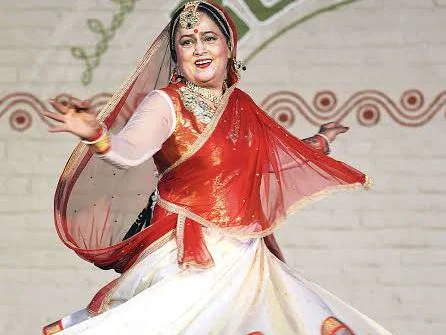
A prominent Indian dancer of the classical Kathak style. She was born on the day of the great Indian festival Diwali in Kolkata in 1920. She was born into a Brahmin family from Varanasi who later moved to Kolkata and then Mumbai. As her first public performance, she began her dancing career at Mumbai’s Jehangir Hall.
A high school dropout, stood strong against all barriers to flourish in her chosen field. Her performance in front of India’s first Nobel laureate Rabindranath Tagore in Mumbai when she was 16 wowed him so much that he conferred the title ‘Nritya Samragini’ on her (Empress of Dance).
Her dancing was full of vibrant energy. Moreover, she shaped her own unique style by drawing on a trove of themes, poems, and choreography amassed by her father.
She had a long list of honours and accolades bestowed upon her. Over the years, Sitara Devi has put up performances all over India and abroad including prestigious venues like Royal Albert Hall, London (1967) and the Carnegie Hall, New York (1976).
Kumudini Lakhia
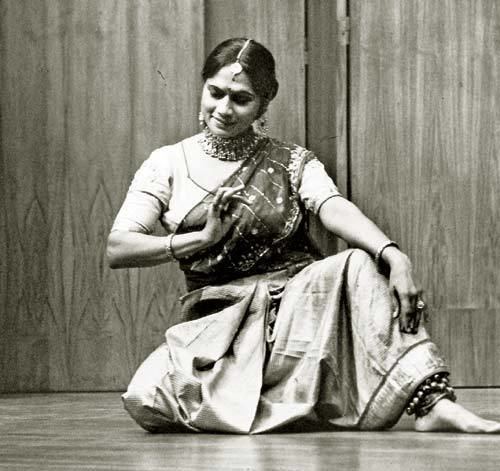
Kumudini Lakhia’s name is synonymous with Kathak after a dance career spanning over seventy years. She was a pathfinder in the Indian contemporary dance movement. Her works paved the way for what is now known as contemporary Kathak.
Born on May 17,1930, in Mumbai, Kumudini started learning kathak when she was hardly seven or eight. She received her education from a number of gurus in the Jaipur gharana before moving on to Shambhu Maharaj. Kumudini is the founder of the Kadamb School of Dance and Music in the year 1967.
She began her career as a solo dancer before becoming a Kathak dancer in the 1960s. Besides all this, Kumudini journeyed to the Western world, bringing awareness of Indian dancing to those living in other countries.
She is the recipient of many prestigious awards including the Padma Shri, Padma Bhushan and Sangeeta Natak Akademi Award.
Pandit Shambhu Maharaj

Pandit Shambhu Maharaj was a Guru of the Lucknow Gharana (school) of Kathak. Shambhu was trained by Bindadin in his early years and then by his elder brother Achchan Maharaj later on. He possessed a unique position among the top notchers of dance since he was adept in both dancing and Thumri. As a result, he could demonstrate his worth in Nritya and Nritta with great brilliance, and therefore occupied a unique position among the top notchers of dancing.
A large number of his numerous disciples have gone on to become well-known Kathak dancers in modern times. From 1955 to 1975, he was the Director of Bharatiya Kala Kendra’s Dance Department. Panditji received various honors and titles, including Nirtya Samrat, Padmashri, Sangeet Natak Akademi Award and many more.
Maya Rao
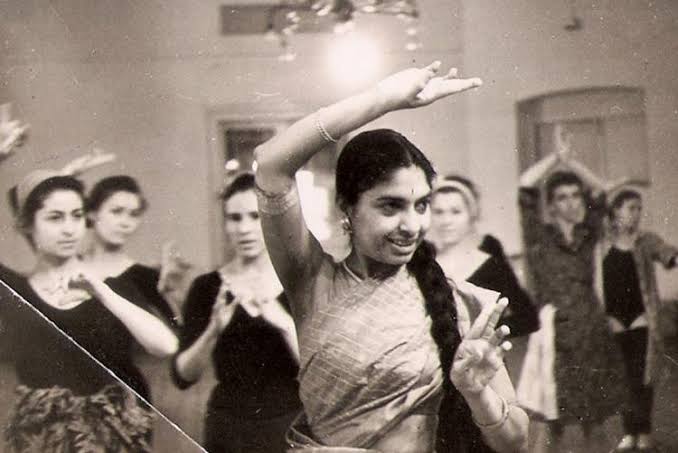
Maya Rao was an Indian classical dancer, choreographer and educator, in Kathak dance born on May 2, 1928 in Bangalore. She was the first to receive a Government of India scholarship to learn Kathak under Guru Shambu Maharaj of the Lucknow Gharana. In the 1950s, Maya Rao highlighted the need to codify and build a repertoire for Kathak.
She is noted for her groundbreaking choreography in Kathak, particularly in dance ballets. Furthermore, she is famous for introducing Kathak, a North Indian-dance style to South India.
She has taught approximately 3,000 students all across the years. August 17, 1964 saw the establishment of Natya Institute of Choreography was in Delhi with Maya Rao at its helm.
Maya Rao was the recipient of numerous awards, including the Sangeet Natak Akademi Award and many others. She was a founder of establishments, a trailblazer, and the first queen of Kathak in South India.
Final thoughts
Indian classical art forms are known to be profound and holistic in nature. They connect the performer’s and the audience’s inner selves to a realm of positive, focusing on the blessings and leading to spirituality. Our classical art forms are as vast as nature itself and it is impossible to constrain it to certain margins.
Visit our website to see our live Kathak classes and join us on this journey of harmony and delight!
Other articles on the Podium Blog on Classical Dance and Modern Dance can help you learn more and introduce your child to other styles of dancing. Don’t forget to return for more exciting updates on dance, music, and more right here!
Also, catch our new article on 6 Amazing Fantasy Genre Books for Children!
Share with your friends

